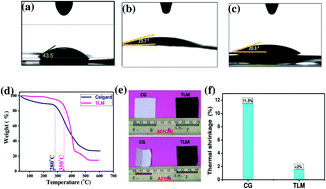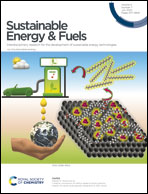An efficient bi-functional permselective separator coated with cubic type-Li7La3Zr2O12 and activated carbon for lithium–sulfur batteries†
Abstract
Controlling the shuttling of lithium polysulphides (LiPS) to enhance the utilization of elemental sulfur has been considered as an important issue to improve the energy density and coulombic efficiency of lithium–sulfur batteries. The present work is aimed at demonstrating a simple preparation of a bi-functional trilayer membrane by coating Li7La3Zr2O12 and activated carbon on either side of the commercial membrane (Celgard 2320). The coated membrane was characterized by ionic conductivity, thermogravimetric and contact angle analyses. In the trilayer membrane, each component acts for a particular purpose: the activated carbon not only acts as a barrier for the migration of polysulfide but also provides additional pathways for electron transport for the insulating sulphur cathode, while the porous Celgard separator facilitates the migration of lithium ion, and the Li7La3Zr2O12 not only promotes the lithium ion migration by percolation but also prevents polysulfide shuttling via the electrostatic repulsive force. The coated membrane offered higher ionic conductivity and thermal stability compared to the uncoated one. The lithium–sulfur battery with the coated separator delivered higher specific discharge capacity than the uncoated separator. XPS studies revealed the absence of polysulfide deposition on the lithium metal surface after the charge–discharge cycling, which further confirms the suppression of polysulfide shuttling by permselective membranes.



 Please wait while we load your content...
Please wait while we load your content...